Dear Steemit Friends:

Today, i'll be continuing my expedition of the island of Saipan. In my last post about Saipan, we had the opportunity to see the beautiful island from the perspective of a plane - a plane which I piloted! ( My maiden voyage to the sky )
Up in the sky, we could see Saipan in it's entirety, standing out as the largest island of the Northern Mariana Islands. Because of it's proximity to the equator, the island has warm tropical weather all four seasons of the year. It's vegetation and plant life is thought to be like a garden of Eden, forever plush and very green. Simply beautiful, all year round.
Our adventure today, takes us further into the island of Saipan, where we can get a glimpse of the fascinating beauty of this island, as well as uncover some of the stories of it's intriguing history.
First up, we'll be visiting Banzai Cliff which is now a historical relic of it's once glorious past as the Imperial Japanese Headquarters, followed by a scenic trail to the Bird Island and Blue Grotto.
Are you ready?
Let's go!
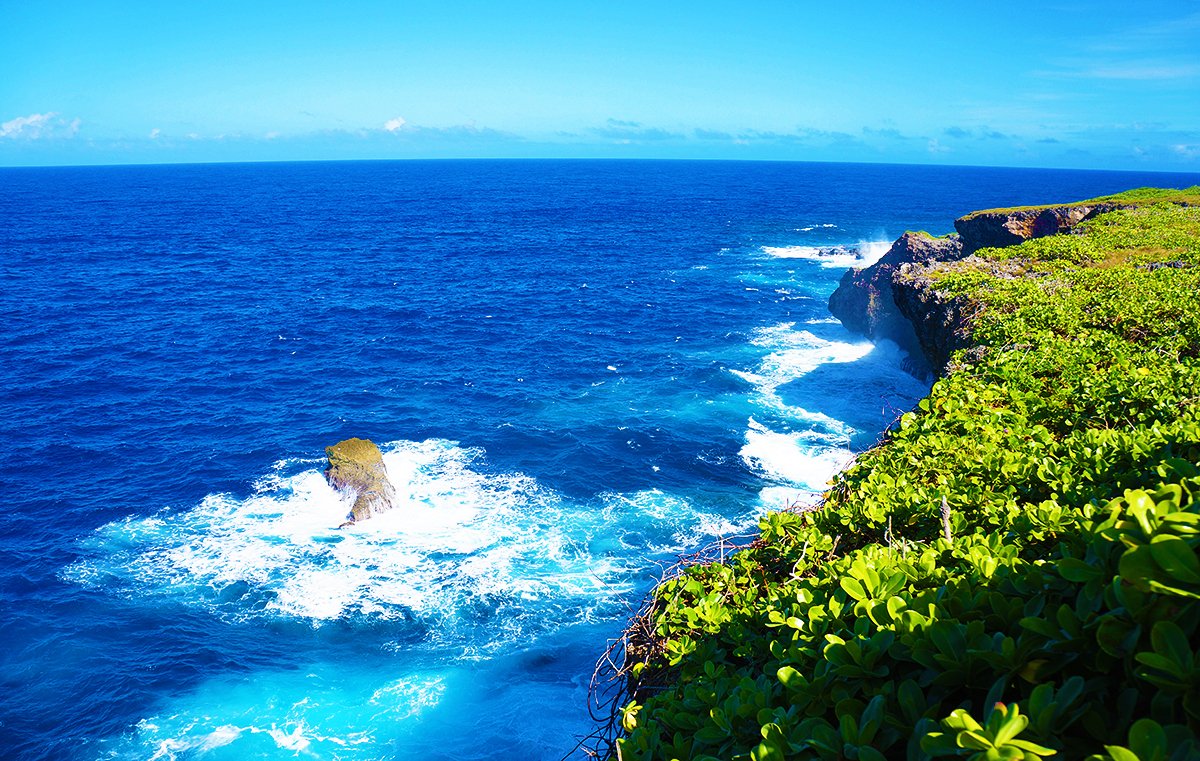
Before reaching Banzai Cliff, I could already hear the rhythmic clash of water against the cliffs as the waves continue their eternal fight with the cliff faces of the island.
Finally arriving at Banzai cliff, I walk towards the precipice of the cliff, I could see the endless expanse of the blue ocean, over casting it, a bright and clear blue sky. I have no idea what heaven is suppose to look or feel like, but something like this would probably be close. In reality, this heavenly backdrop of beautiful natural landscape carries with it some profound stories of it's history.
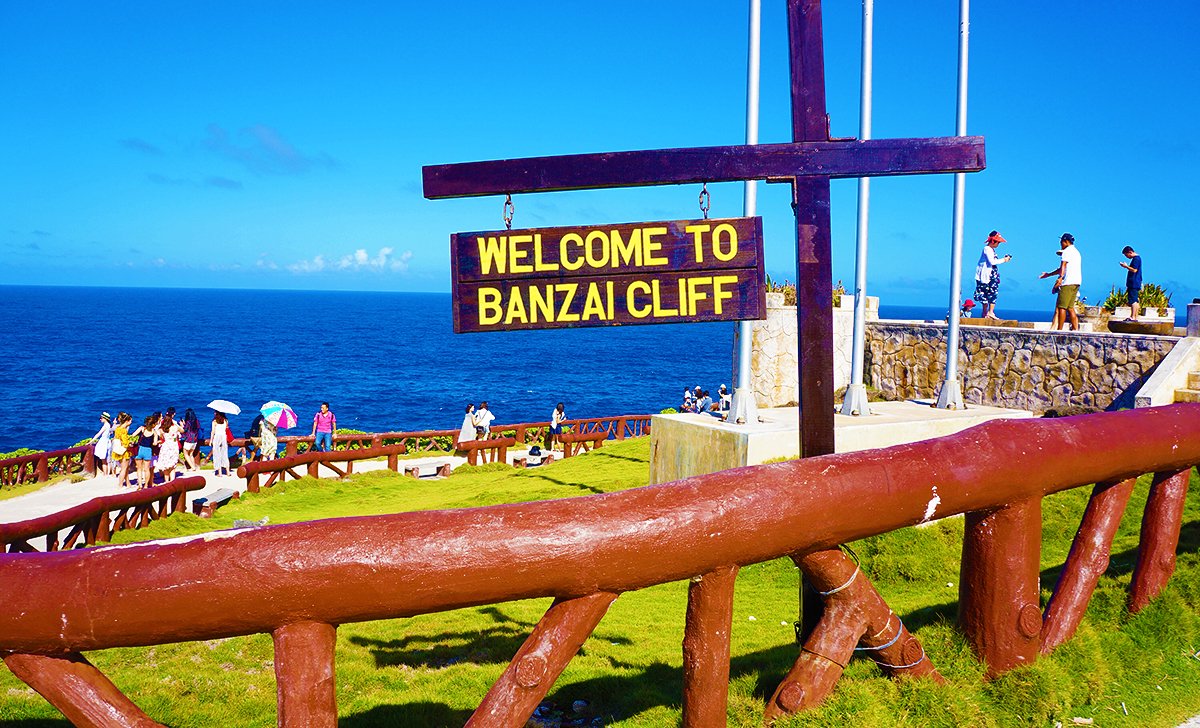
The Banzai cliff itself is located on the Northern most precipice of the island of Saipan. In 1944, during the Second World War, the Americans led an invasion on the island that would be from hence forth known as the Battle of Saipan. It was a very costly battle to both sides in terms of soldier casualties, but tragically, many civilians also died in the battle.
Many civilians were afraid of capture by the Americans as the battle came to a conclusion. The fear distilled in them from Japanese "reports" of captives being raped, tortured and killed. Like flocks of sheep on a cliff, many chose to commit suicide by jumping off the cliffs to their death.
To commemorate this tragedy, the Japanese put Guanyin - the Bodhisattva of Compassion and Mercy in a memorial pagoda at this site.
At the highest point of the cliff, there is a peace monument in the form of an upright stone tablet. Every year, many Japanese tourists will come to offer sacrifices to honour their ancestors.
Even with a dark history, it is hard to ignore the simply stunning 180 degree views of the Banzai cliff and it's seascape.
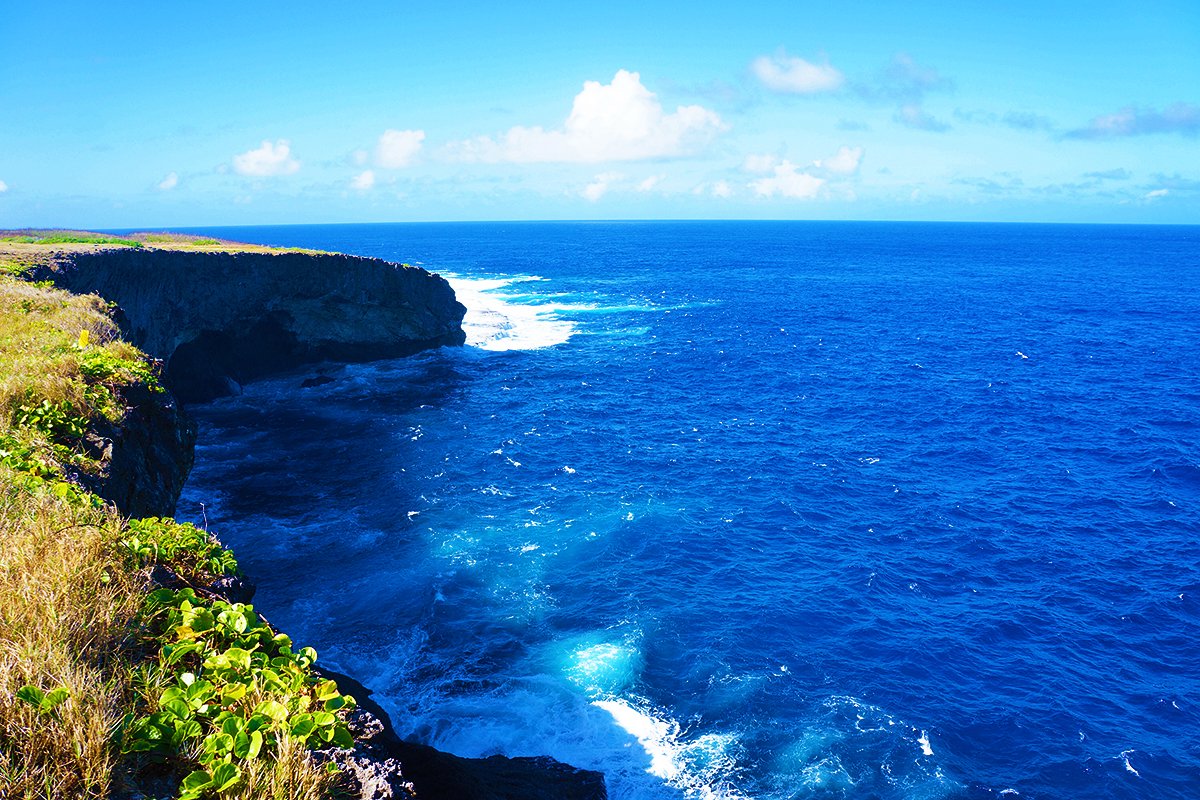
Below the cliff, the ocean waves continue to batter the cliff face, forming these beautiful white splashes like flowers of the ocean.

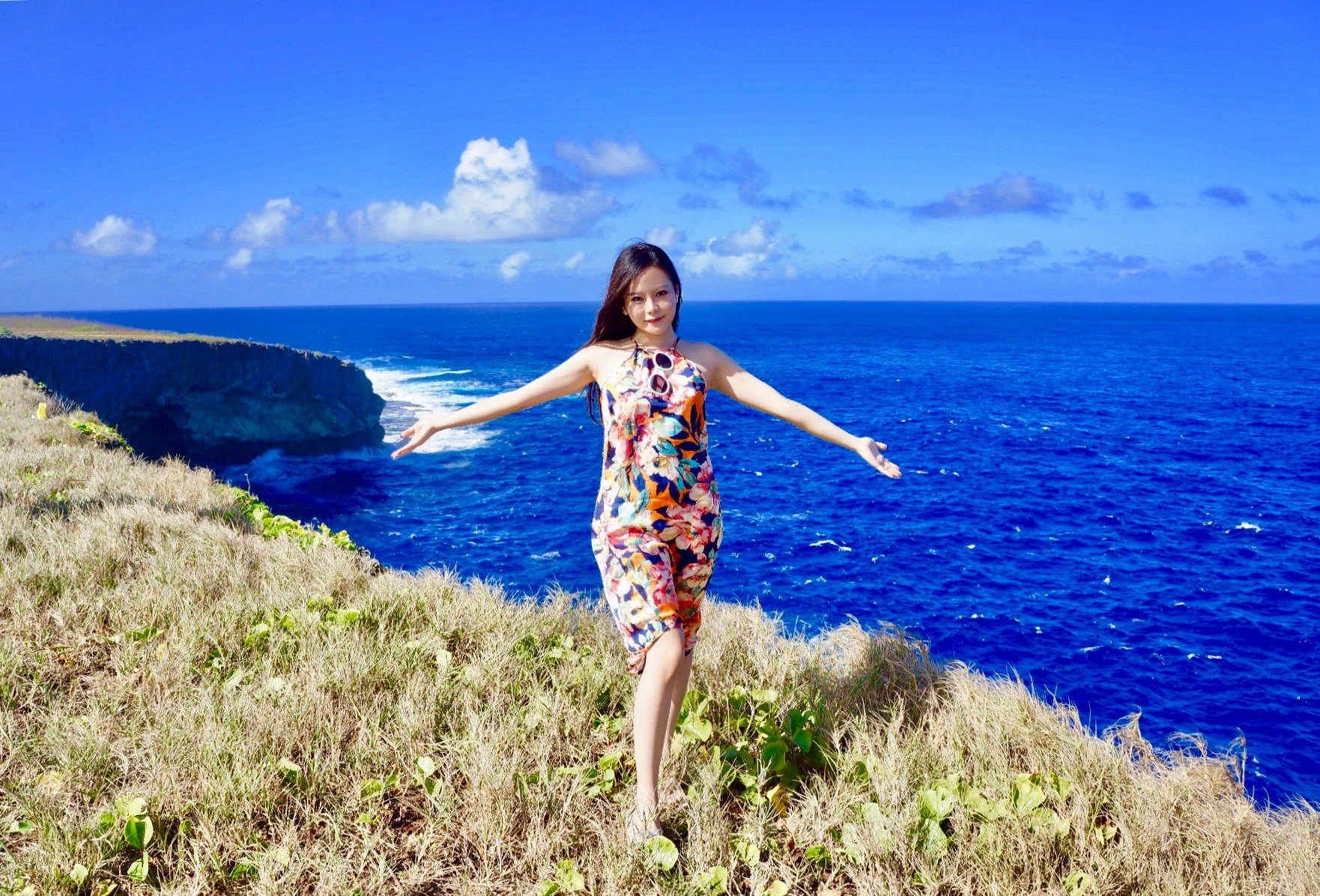
After standing by the cliff edge for a short while, I started to feel the piercing strength of Saipan's sun, there are no trees at the edge, and nothing else to provide shade. Burning up, I retreat to the refreshments van to get a soft drink to cool down.
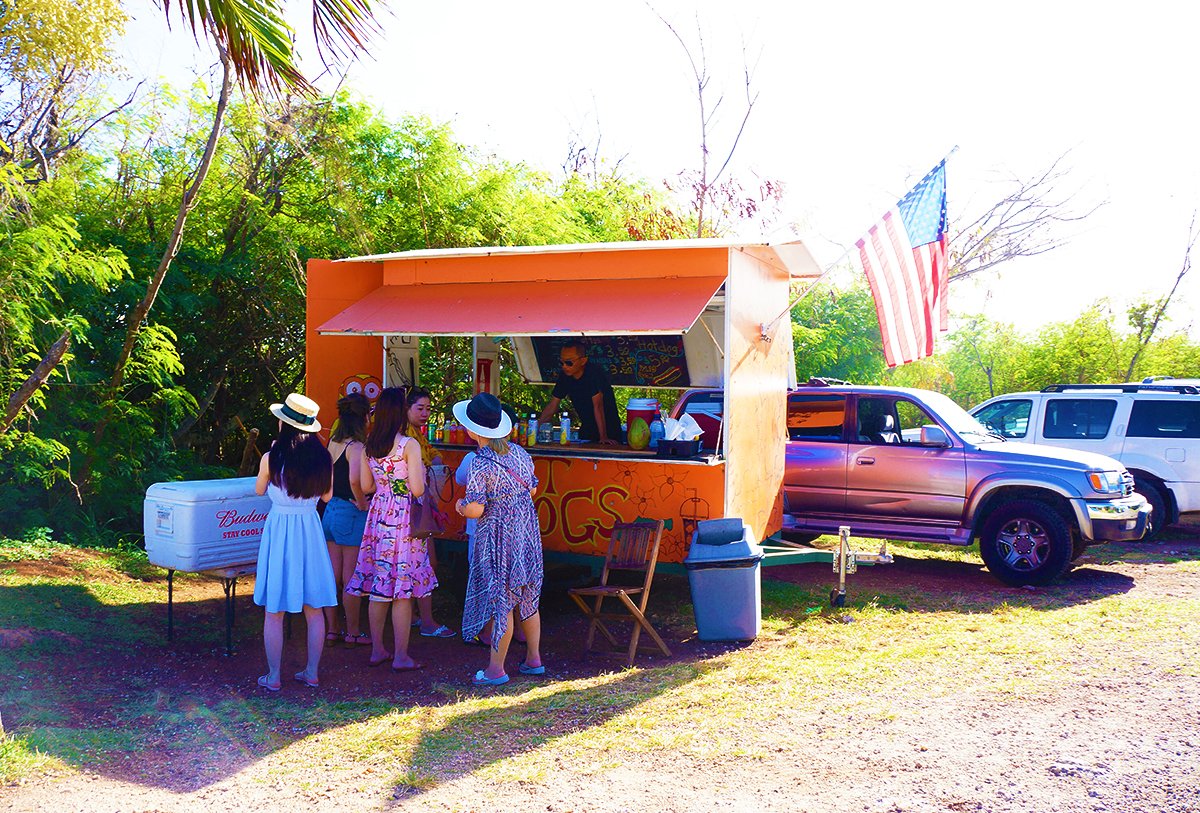
Next up, we arrive at the "Last Command Post" of the Japanese occupation of this island.

Here, I see many historic artefacts, left over from the second world war. There are many cannons, and other guns, even tanks. They are rusty and show evidence of corrosion over the years. Behind each, a telling story of the cruelty and horrors of the war they attribute their beginnings to.
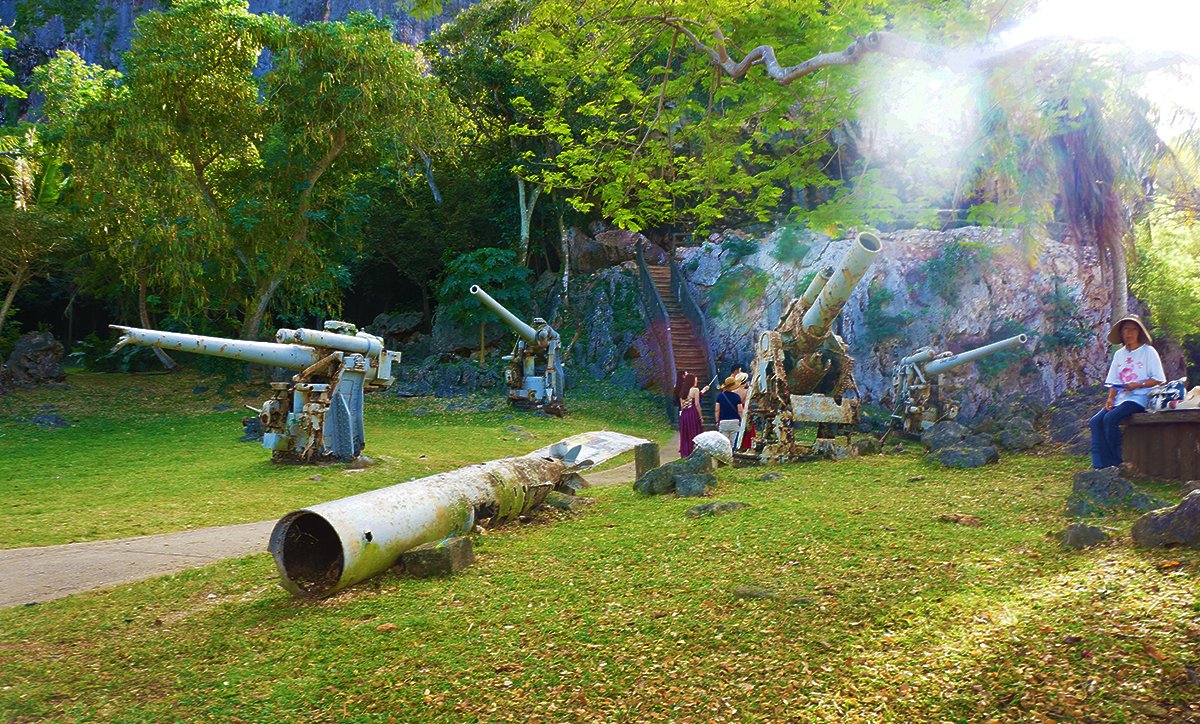
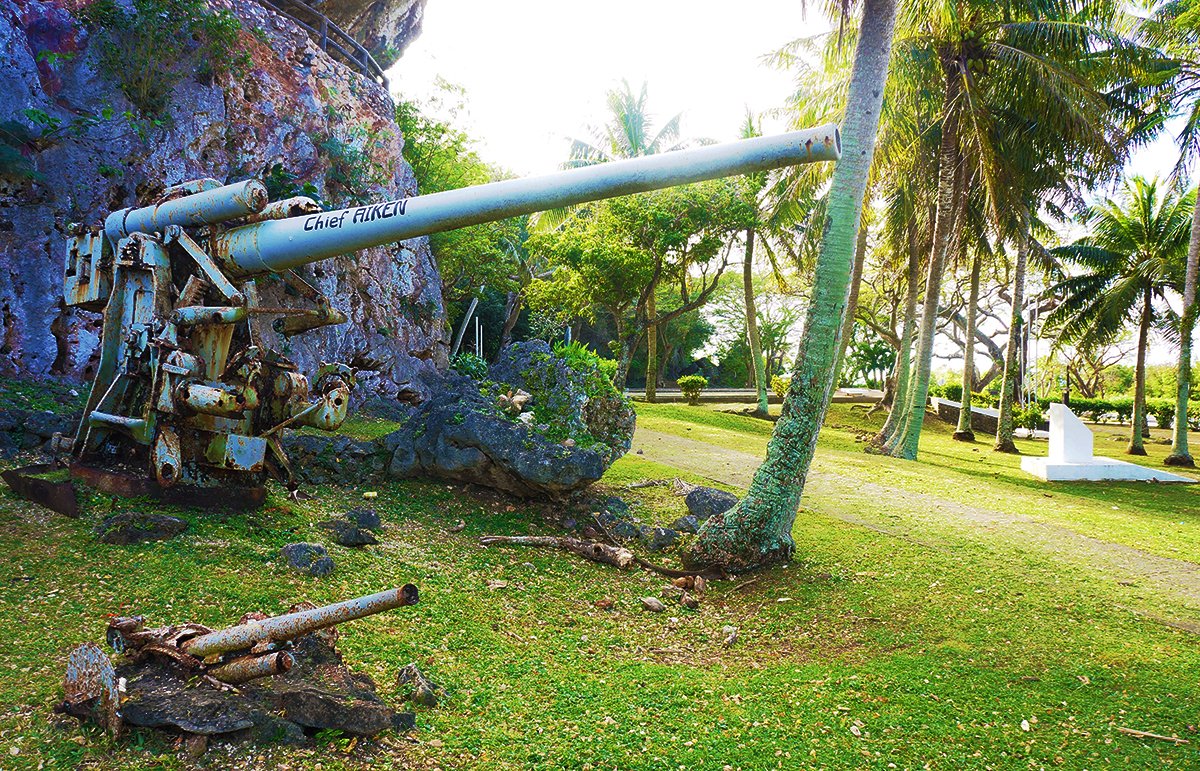
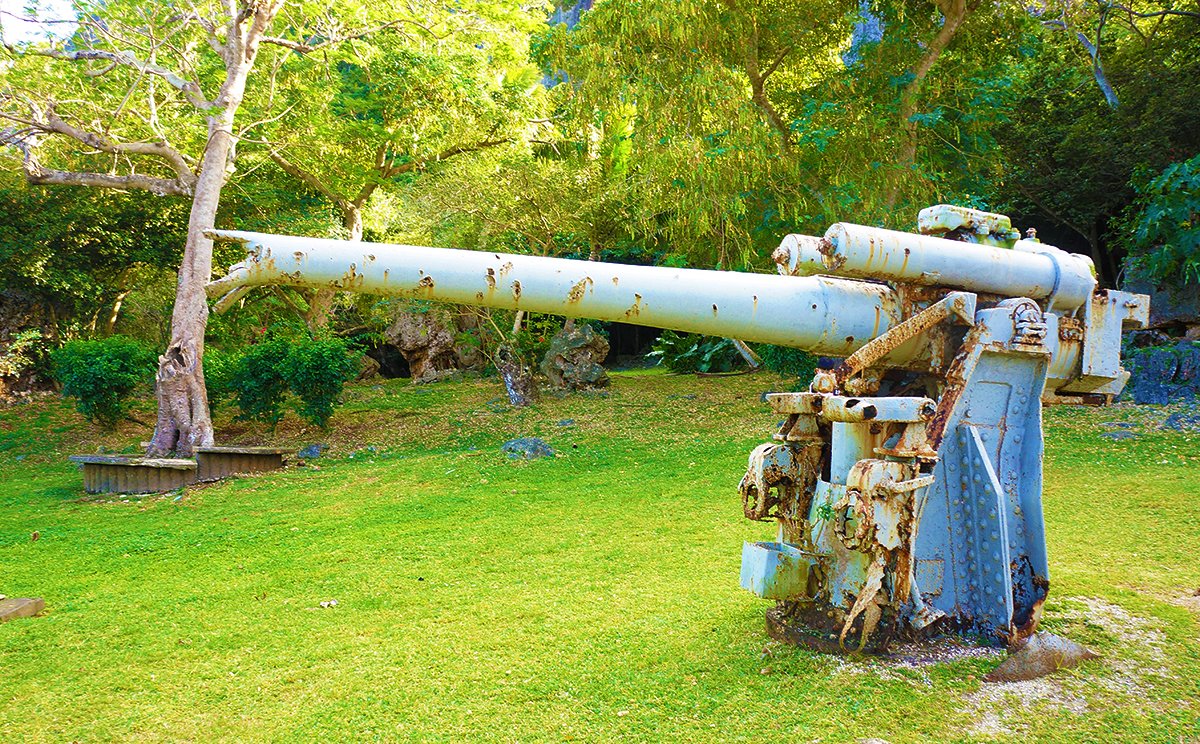
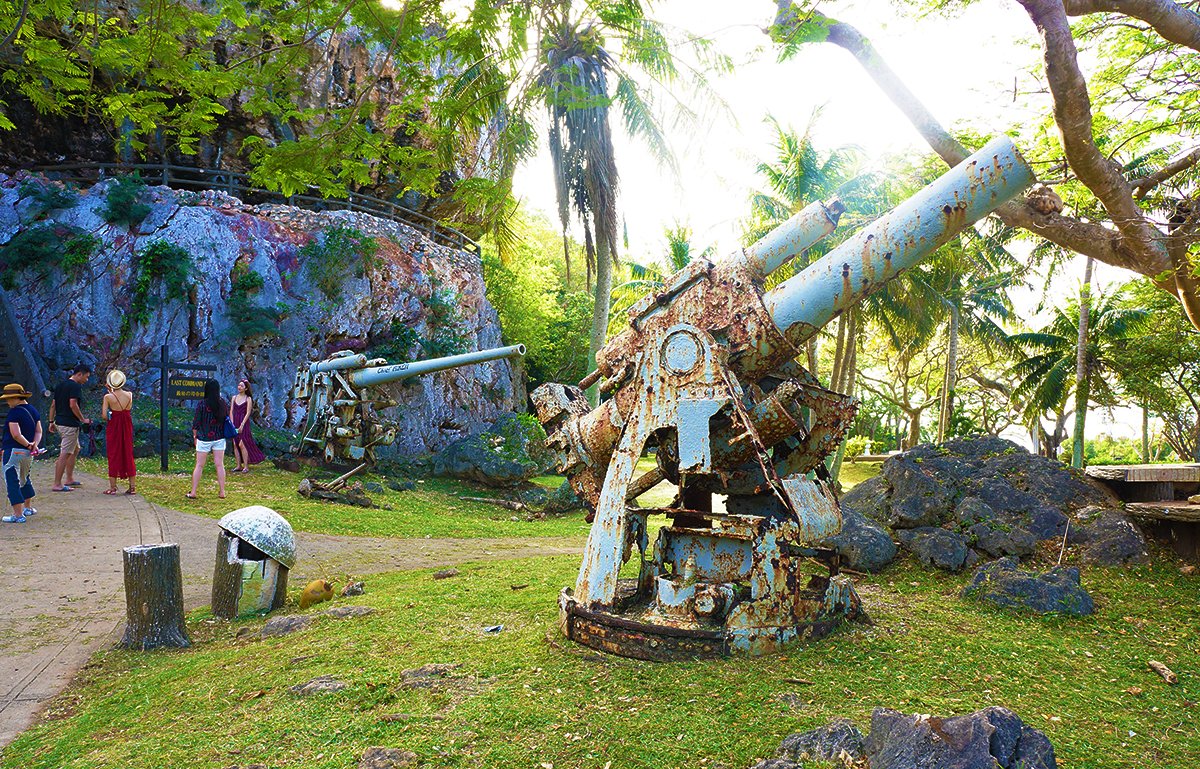
There are also many natural limestone's that were used as natural strong holds and fortifications. Caverns and caves that were dug into the limestone to serve as outposts and natural defence barriers.
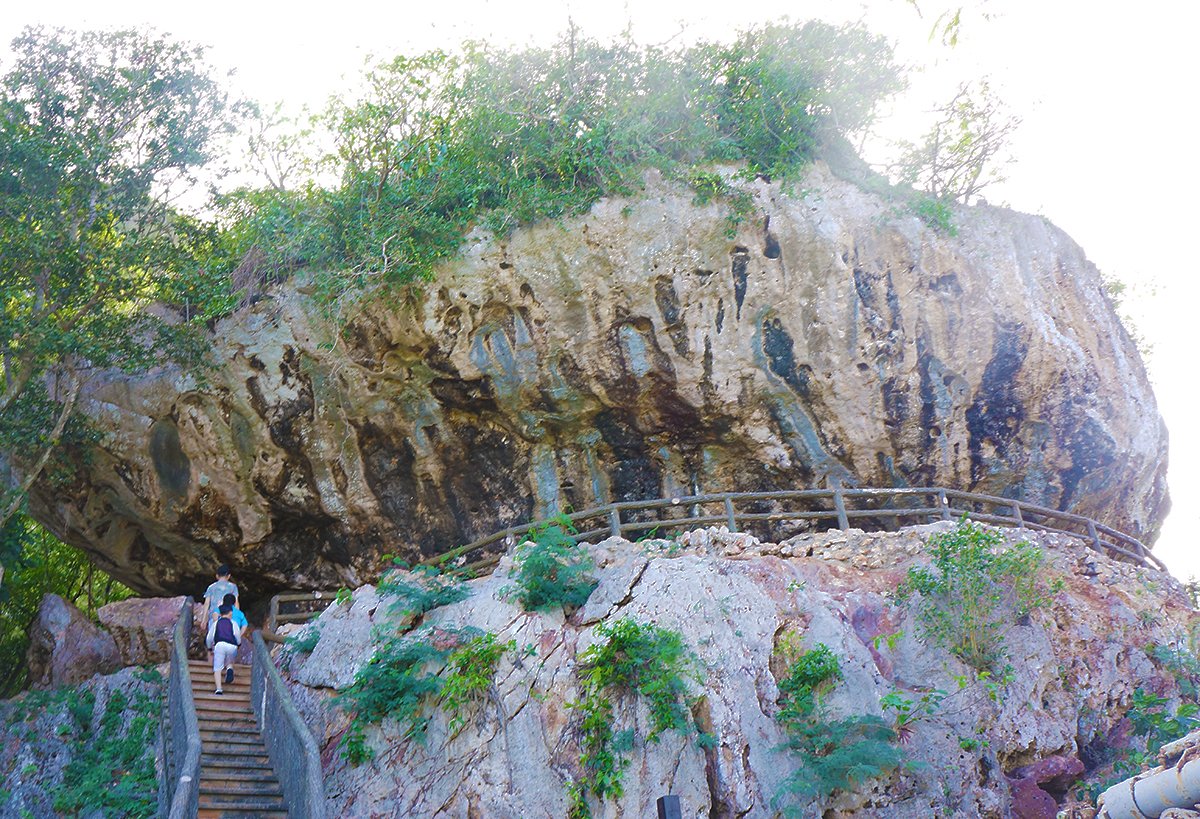
As I wonder into the caves, I see endless dents in the limestone, some larger than others. These are no doubt from the barrage of bullets and shells that were fired towards it during the horrifying battles of Saipan. To walk along these small paths, and see where real people once lived and fought over was a chilling experience that tell the story of a bitter and desperate contest that once happened here.
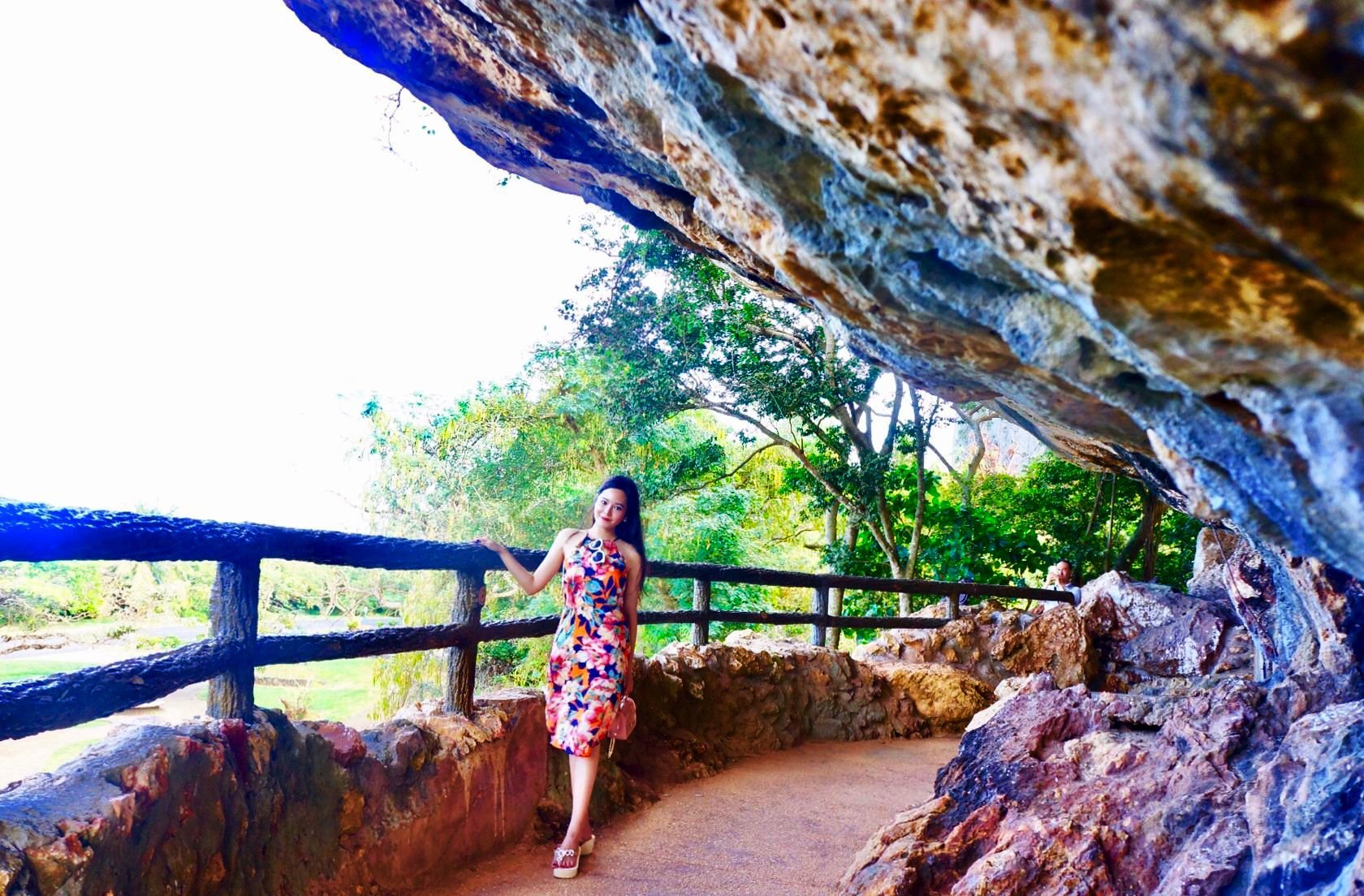
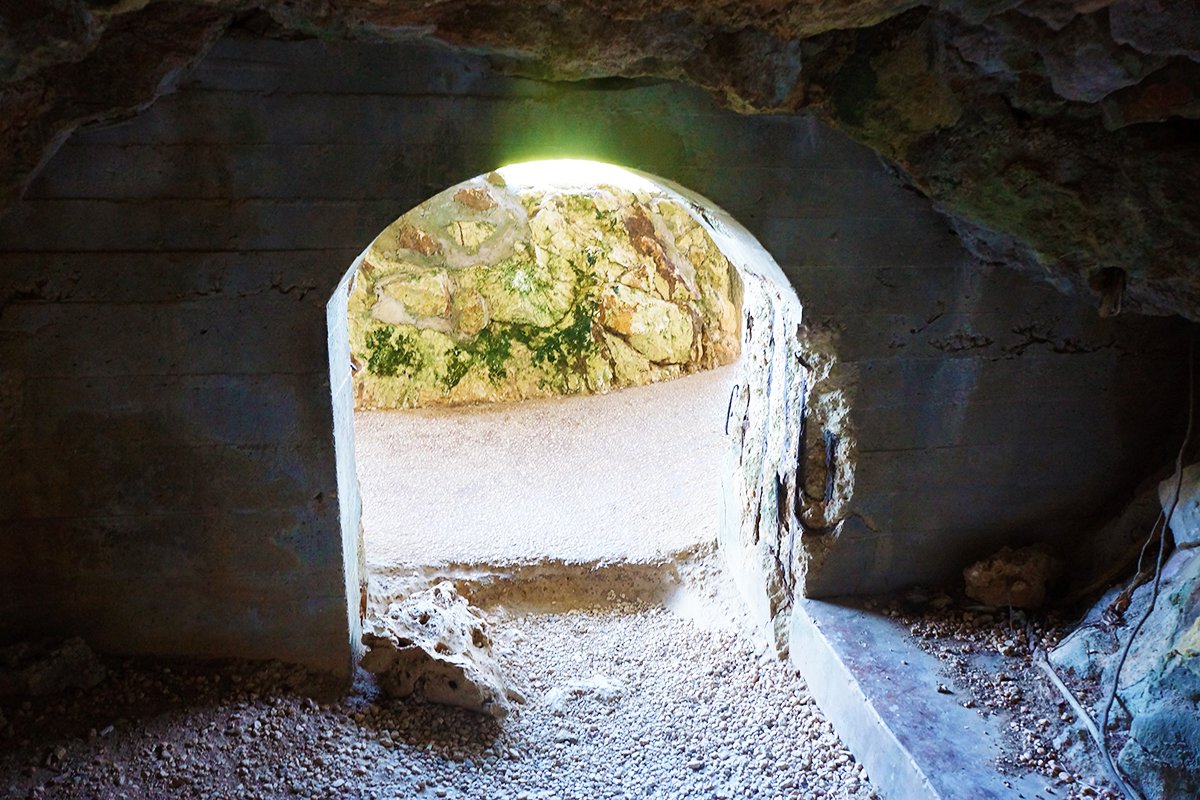

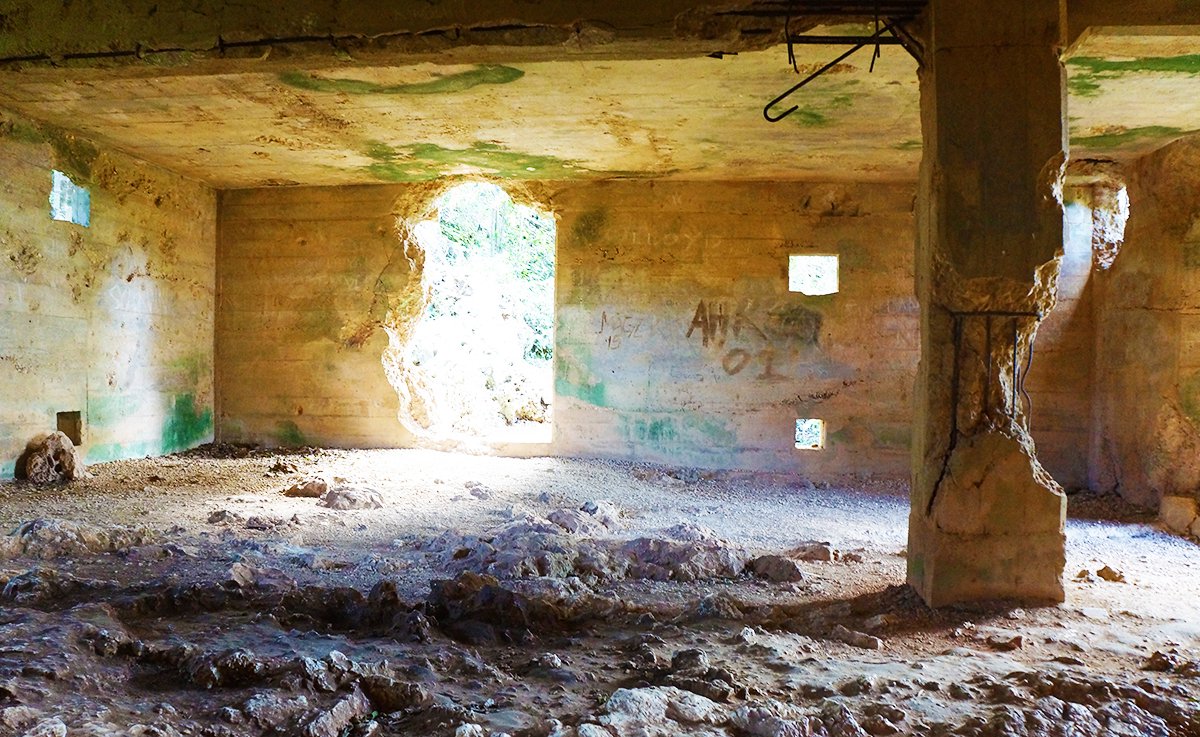
From the viewpoint of the caves, the outpost below is now a park that is covered in lush green grass.
The cannons serving as a reminder of it's violent history.
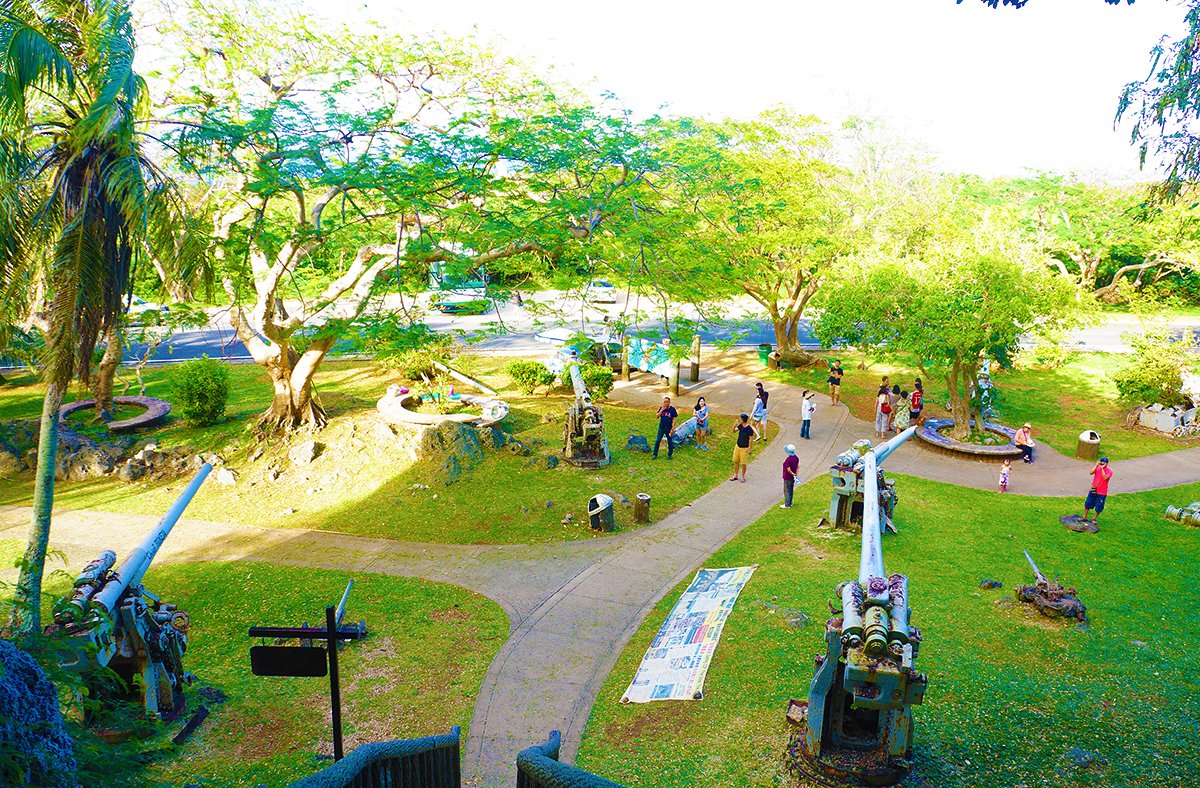
Next, it's time to venture to the Bird Island.

Much like the command post earlier, the Bird Island is mostly limestone. It's name comes from the fact that despite it's small size, the island is home to several hundred different specifies of birds.
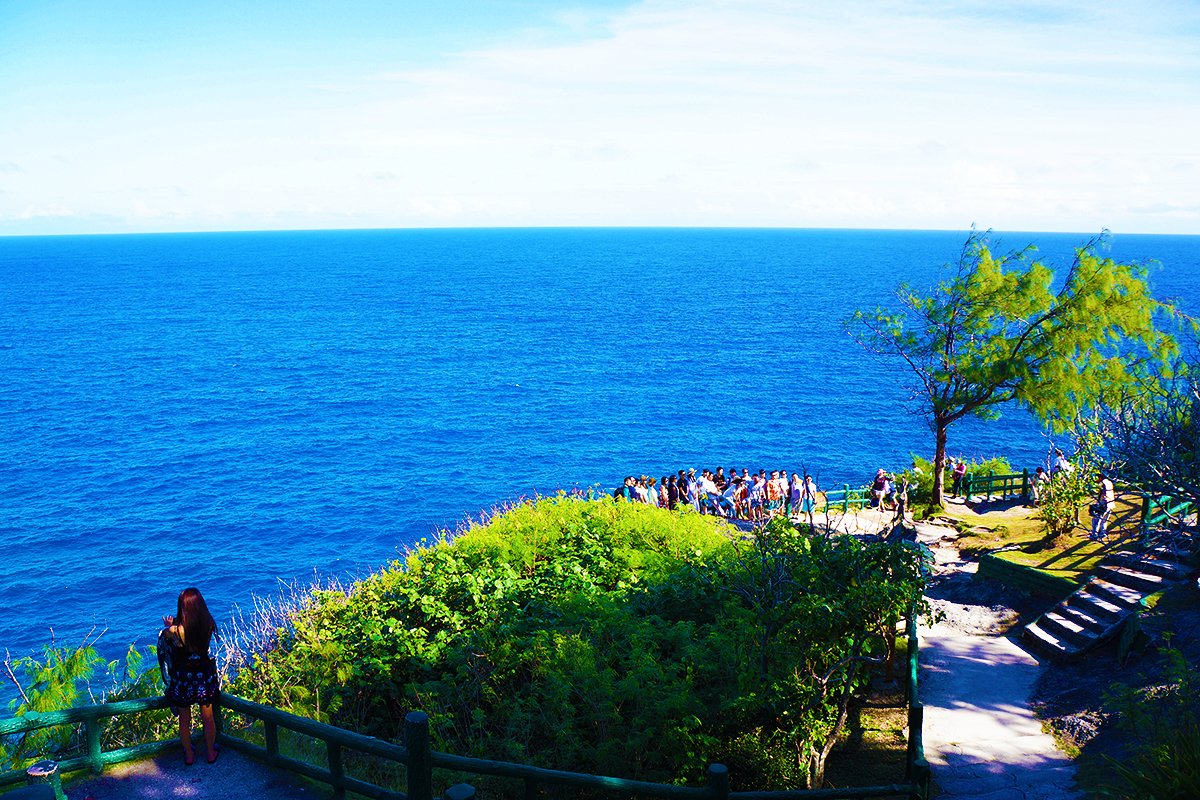

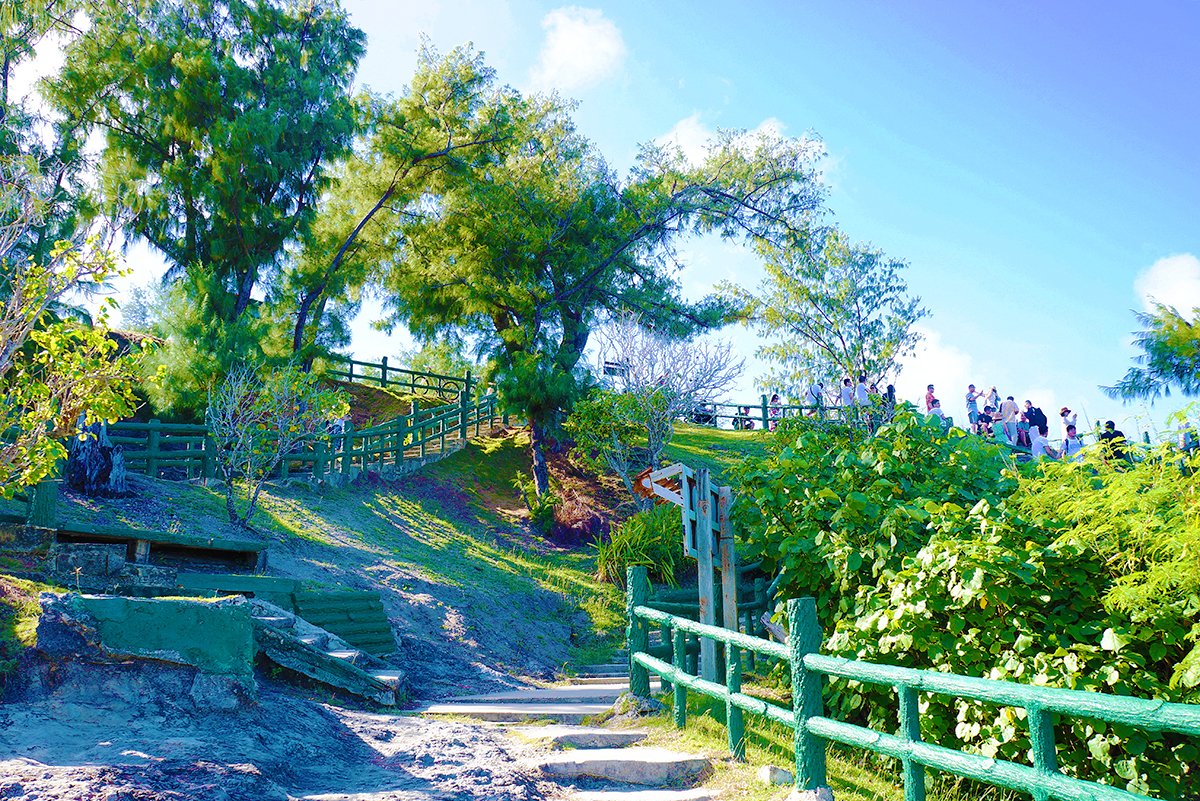
During high tide, the Bird Island is a lonely isolated island. During low tide, it is connected to the main island. Again, the views here are stellar, the incumbent wildlife adding to it's appeal.


I also heard that this is a favoured spot for watching the sunrise.
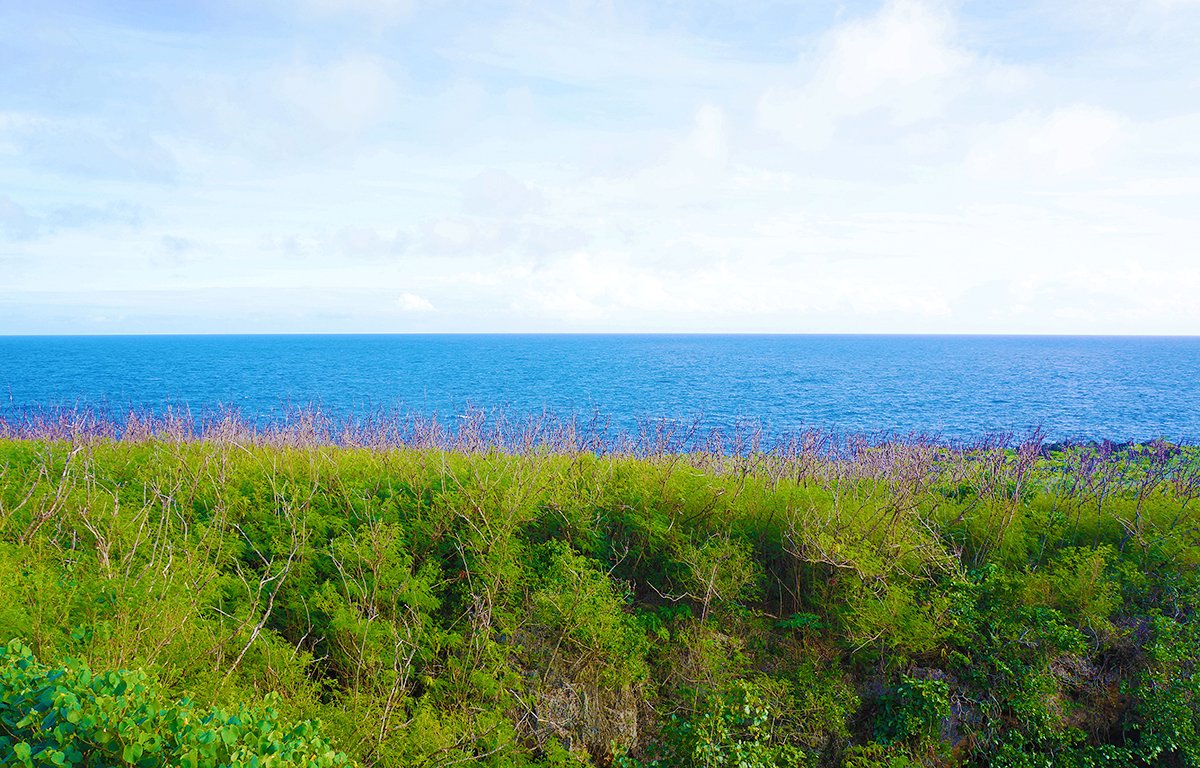
Last but not least, I'd like to take everyone to explore the "Grotto". The Grotto is a collapsed cave that is home to some of the best limestone coral you will see anywhere on the island. The underwater cave has three passageways that are dimly lit with the sun rays which travel into the cave through the tunnels connecting to the open sea.
To reach the Grotto, you have to walk down a very steep flight of concrete stairs. Before these stairs were around, people shimmied down a rope!


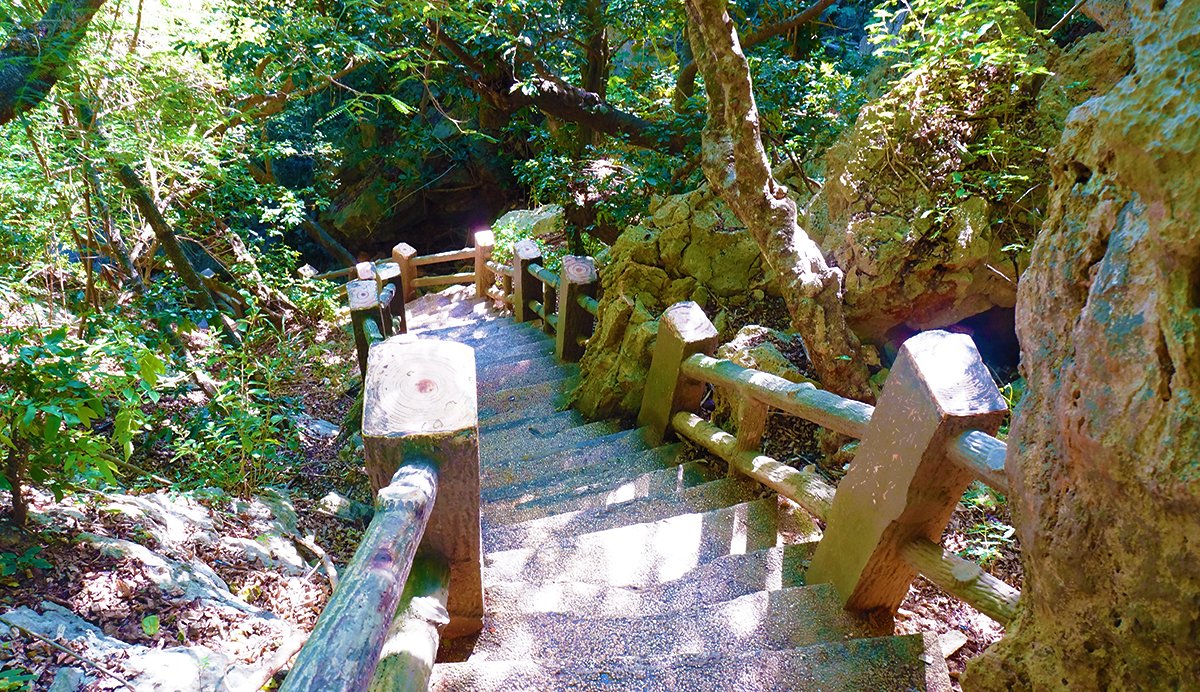
On my way down to the Grotto, I saw many people with these Oxygen cylinders on their backs. They intend to go diving into the depths of the cave. What I didn't know, was that only people with grade 2 diving certificates can go. They must also go with a qualified instructor.
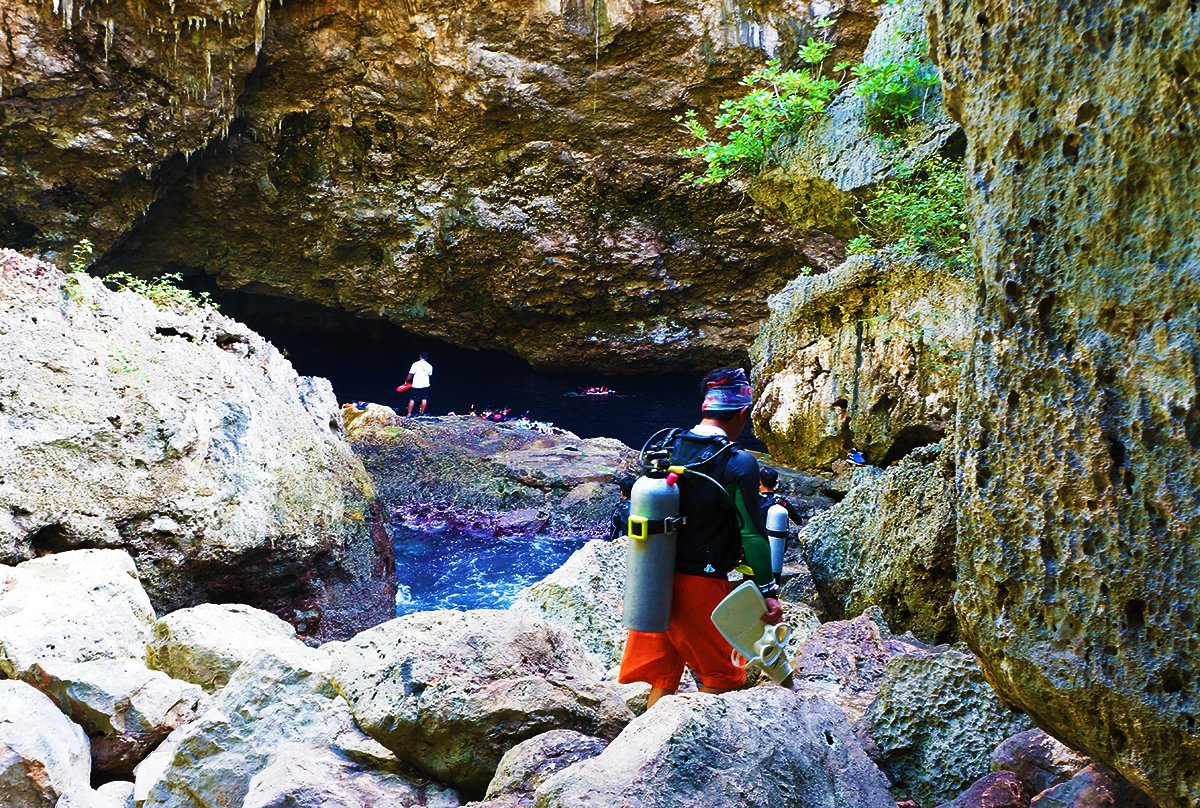
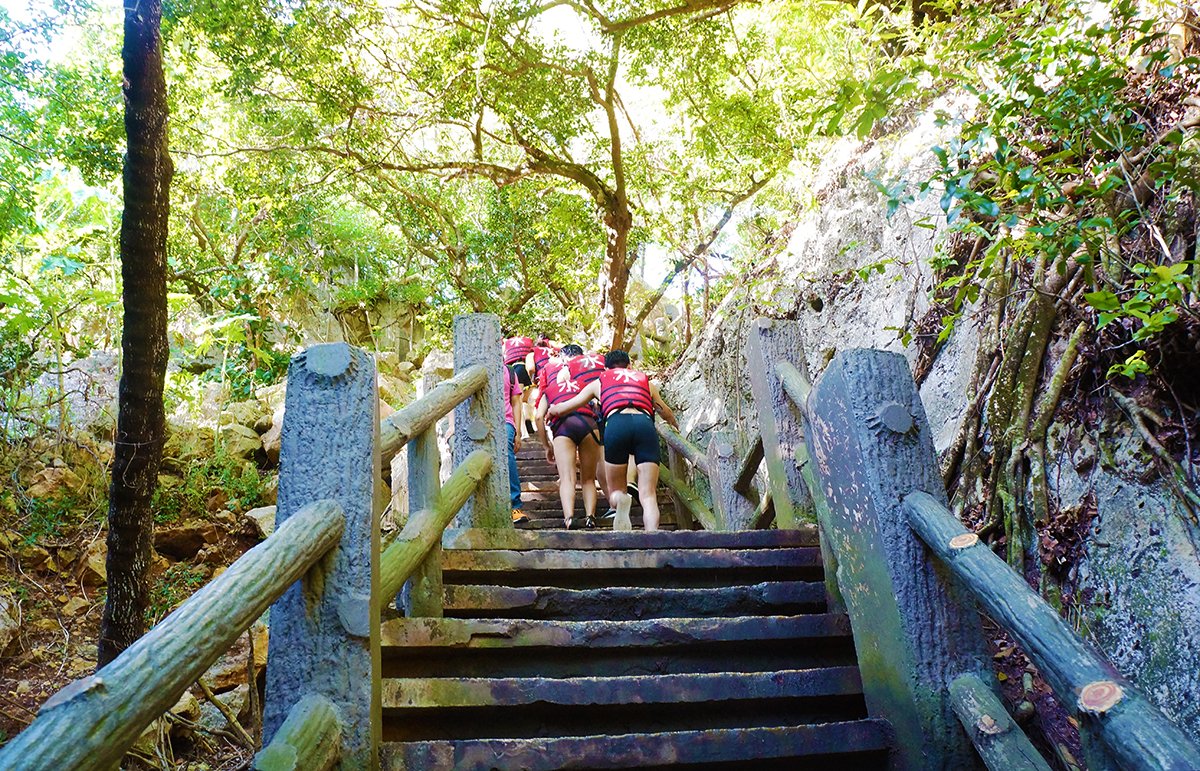
The water's here are particularly beautiful. In the deeper areas of the water, you can see where the caves deny the light from escaping. All around, the different shades of blue water are set against the backdrop of some very purple rock formations.
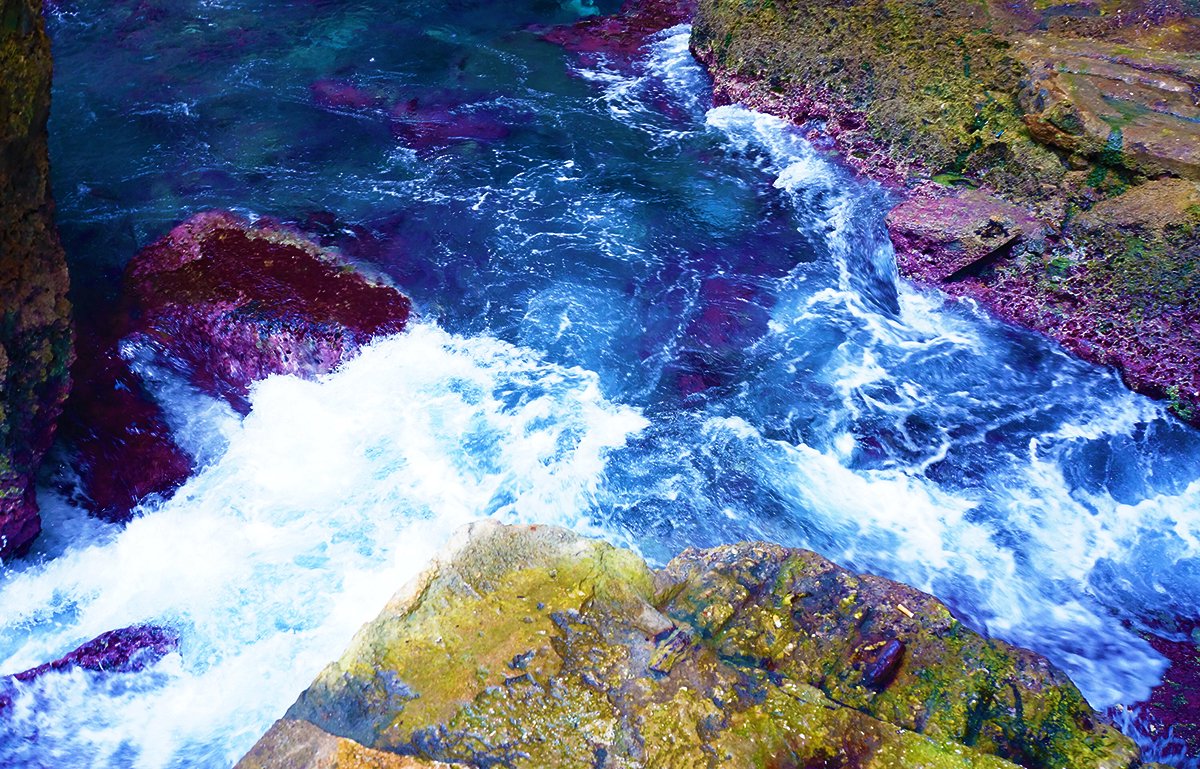

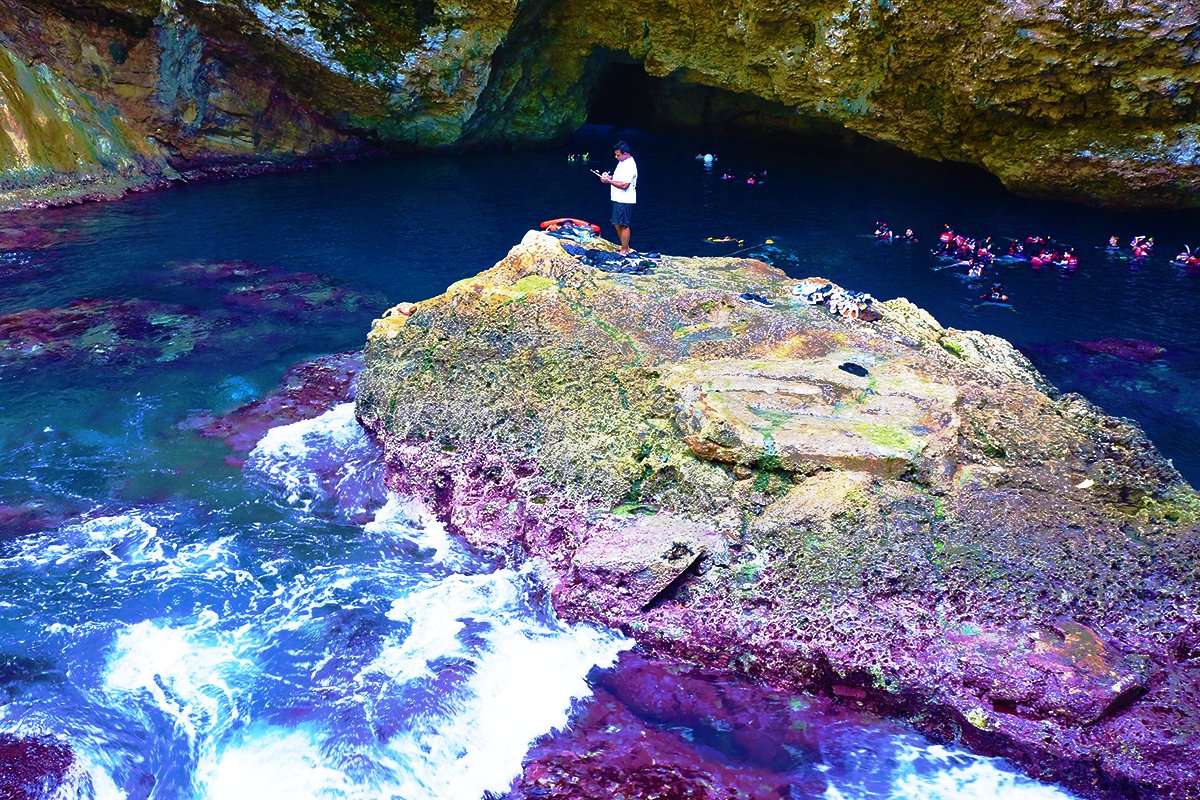
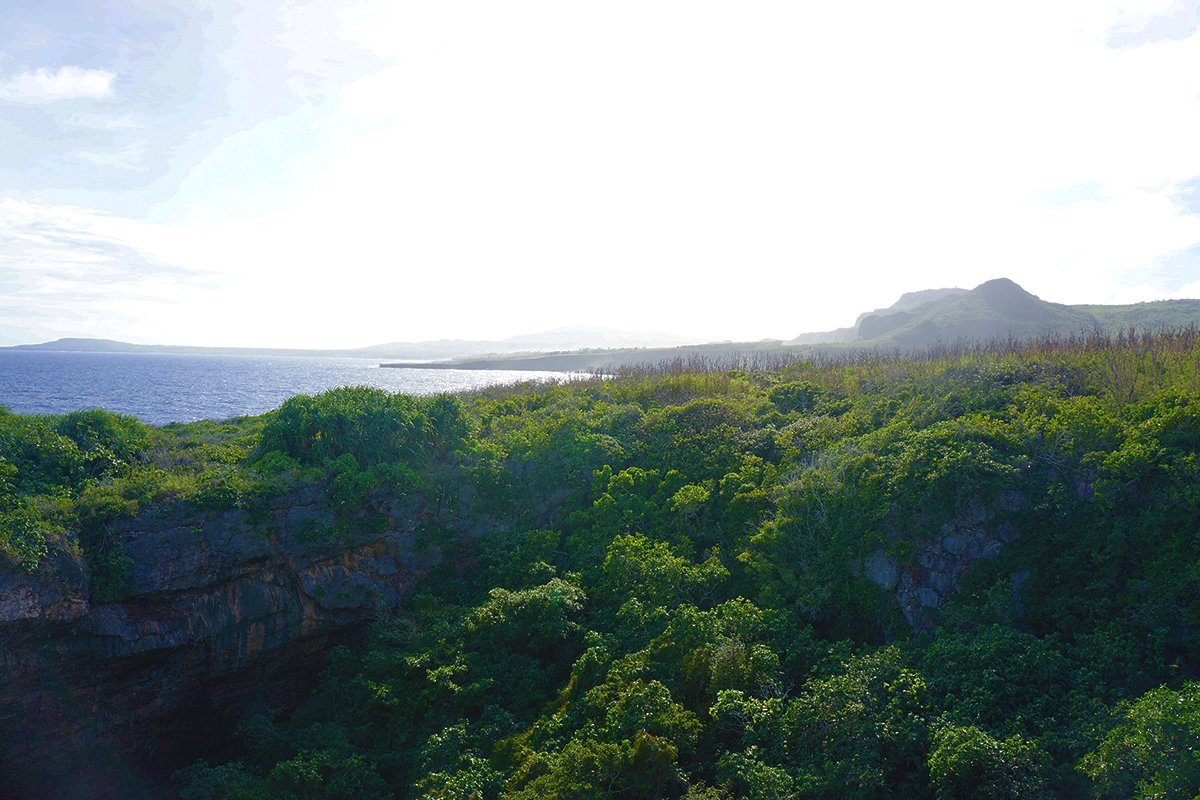

The scenery here is magnificent. Saipan is surely the home of some of the most majestic natural landscape in the world. It is perhaps no surprise that it was bitterly contested in the past.
I hope you liked the adventure we went on today, in coming articles, i'll have more interesting stories to tell about Saipan.
Don't forget to up-vote, follow and comment! I appreciate it very much!
今天我想和大家分享我在塞班岛的探险, 之前我带大家开飞机,用俯视的视角看了这个位于北马里亚纳群岛中面积最大的岛屿,岛上布满了热带植被,又因为靠近赤道,所以一年四季如夏,风景美极了。今天我想带大家深入塞班岛,近距离观看迷人的自然风光,并了解一下背后充满了历史的故事。万岁岩banzai cliff,日军最后司令部遗址,鸟岛和蓝洞就是我们今天要探索的目的地,你准备好了吗?我们现在就出发吧!
还没到万岁岩,就已经听到海浪拍打石头的音乐声,走进了就看到了没有边缘的蓝色大海,简直是人间的天堂。其实在这片让人陶醉的美景背后,还有深远的历史故事。万岁岩位于塞班岛最北的峭壁。在1944年第二次世界大战期间,美军攻击塞班岛上的日军基地,日军退到岛的北端。当时为了逃避被俘虏的命运而在这里跳崖,所以也叫做自杀崖。日本人在万岁崖旁竖立了观音像慰灵塔。在峭壁的最高处也立了和平纪念碑。每年都会有许多日本游客专门来这2个地方祭拜。 虽然有着沉重的历史故事,但是完全不能影响万岁岩180度的无敌海景。脚下是巨大的白色浪花,站在悬崖边,心情很澎湃。在万岁岩边上站久了,可以真切的感受到塞班岛太阳的热辣,因为这里没有任何树荫遮挡,所以晒得烫烫的我决定投奔冰饮店解渴降温。接下来我来到了日军最后司令部遗址。我看到了很多二战时遗留下的坦克、大炮等战争遗留物,上面锈迹斑斑的,好像在诉说着战争的残酷。当然还有自然石灰岩所形成的战争要塞,山洞。走进那个山洞,发现洞里已经千穿百孔,并且炮灰穿墙而过的痕迹还非常清晰,可以想象战争给人们带来的惨烈生活。从山洞俯瞰这个遗址,现在已经是个满眼绿色的小公园。
离开司令部遗址,我们来到了鸟岛。它整体由石灰岩构成,是因为很多鸟类都栖息在这里而得名。岛岛看着不大,其实给鸟类提供了充分的生存空间,岛上有几百种的鸟类栖息。涨潮时,鸟岛就像是一座海上的孤岛,退潮时和本岛相连,阳光下闪闪发亮的小岛,美极了!听说这里也是看日出的最佳地点。最后我想带大家去蓝洞探索一下,蓝洞是塞班最著名、也是难度最高的潜水地点,这里有珊瑚礁形成的石灰岩。要下去蓝洞,还有下一段长长的阶梯。途中不断看到有人背着氧气罐上下,原来在蓝洞深浅,必需有二级潜水证才可以下水;而浮潜则需要在教练指导下可以下水。这里的水特别漂亮,水的深处可以看到蓝洞的亮蓝色,四周有被蓝蓝海水映衬着的紫色岩石。这里的景色太美了,希望大家喜欢我带大家探索的塞班岛自然风光,之后还有更多有趣的塞班岛故事要分享给大家。
